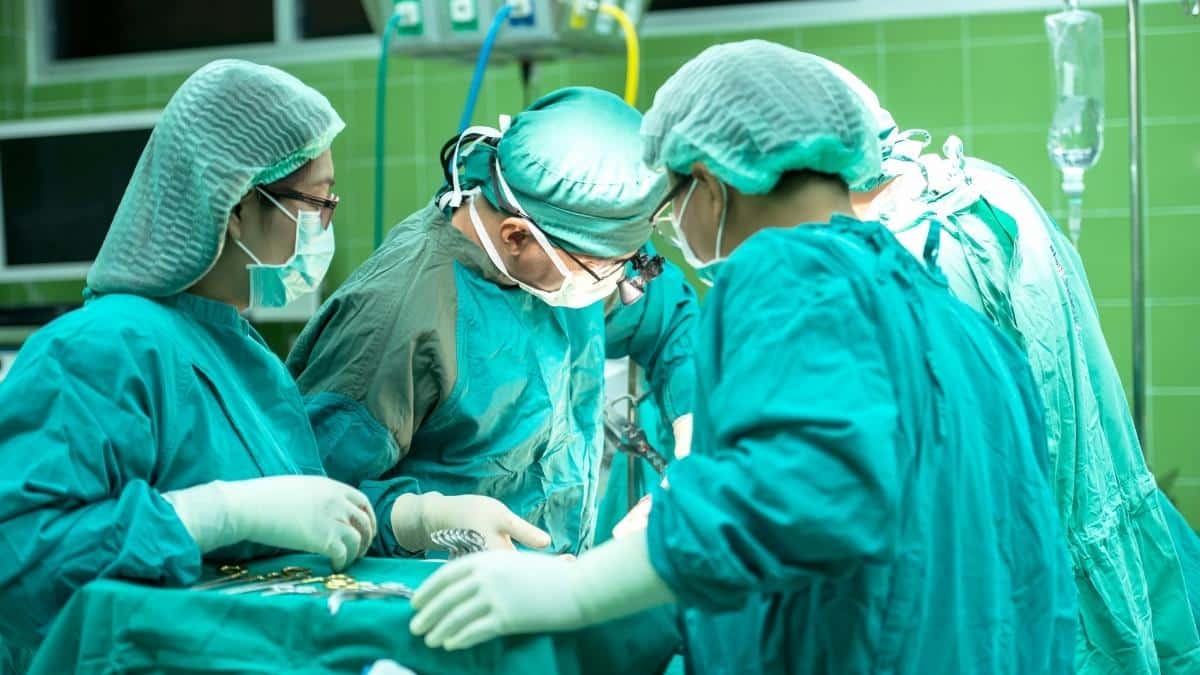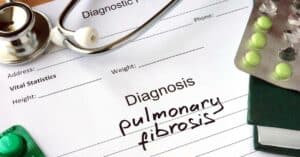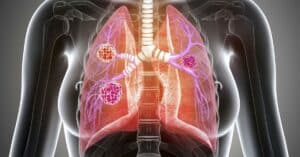For people with a very severe form of lung disease there are very few options for treatment. Lung diseases like chronic obstructive pulmonary disease (COPD), interstitial lung disease or pulmonary fibrosis, are terminal and have no known cure.
Even with the availability of alternative treatments, some people do not find the relief they need from the harshening symptoms of their condition. For these people, the answer may seem to be a full lung transplant.
However, with the startling statistics behind lung transplant survival rates, the answer is not as clear as suffers would like.
Lung Transplant as an Option
The idea of completely removing a person’s lungs and replacing them with another person’s is a daunting thought. The risks are very high, and include:
- Organ rejections
- Infection
- Long-term medications that can hinder the immune system
- Eventual lung failure and death
With these risks in mind, a person first needs to exhibit a great need for the transplant. Usually, a patient needs to have a very severe form of a terminal lung disease and have the prognosis of less than 2 years to live.
Before you can be placed on the transplant list, you must first be cleared by a number of physicians.
Then you will be assigned to a transplant team that will likely include:
- Transplant Pulmonologist
- Transplant Surgeon
- Transplant Cardiologist
- Transplant Coordinator
- Pharmacologist
- Infections Disease Team
- A number of nurses, physical therapists and assistants
Finally, you wait and wait in hopes that a donor is available and is a match for your transplant. In the meantime, it is crucial to keep healthy and positive.
If your health drops, you may become ineligible for the transplant. This definitely means quitting smoking and sticking to that goal, but you also need to keep up with breathing exercises and a healthy diet.
Lung Transplant Survival Rates
It’s a sad state of affairs, but the survival rates for a lung transplant are not very good.
According to the National Heart, Lung and Blood Institute (NHLBI), the survival rate for someone receiving a single-lung transplant (only one of the two lungs is being replaced) has a 78 percent chance of survival for 1 year, a 63 percent chance at 3 years and a 51 percent chance to live 5 years.
They also note that the median survival for single-lung transplants is 4.6 years. On the other hand, double-lung transplants tend to see slightly higher survival rates, and the median survival rate for a double-lung transplant is 6.6 years.
Before the option of a lung transplant is considered, patients may find results in alternative treatment options. Consult your doctor and find out what the best options are for you and your situation.

Christine Kingsley, APRN is the Health and Wellness Director at the Lung Institute where she focuses on providing helpful online resources for people looking for information on various lung diseases, breathing exercises, and healthy lifestyle choices. She advocates for holistic care that involves working with your doctor to explore all options including traditional and alternative care while focusing on diet and exercise as proactive measures.









